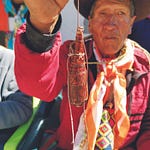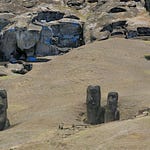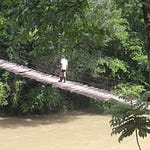The Long View from a Limestone Wall
In the Lower Pecos Canyonlands of southwest Texas and northern Mexico, the desert wind works slowly. It lifts dust across Cretaceous limestone, rifles through sotol thickets, and curls along the canyon walls where generations of hunter-gatherers once left astonishing murals. These Pecos River style paintings tower several meters high, packed with human-like figures, serpents, deer, and symbols so dense they seem to flicker between worlds.
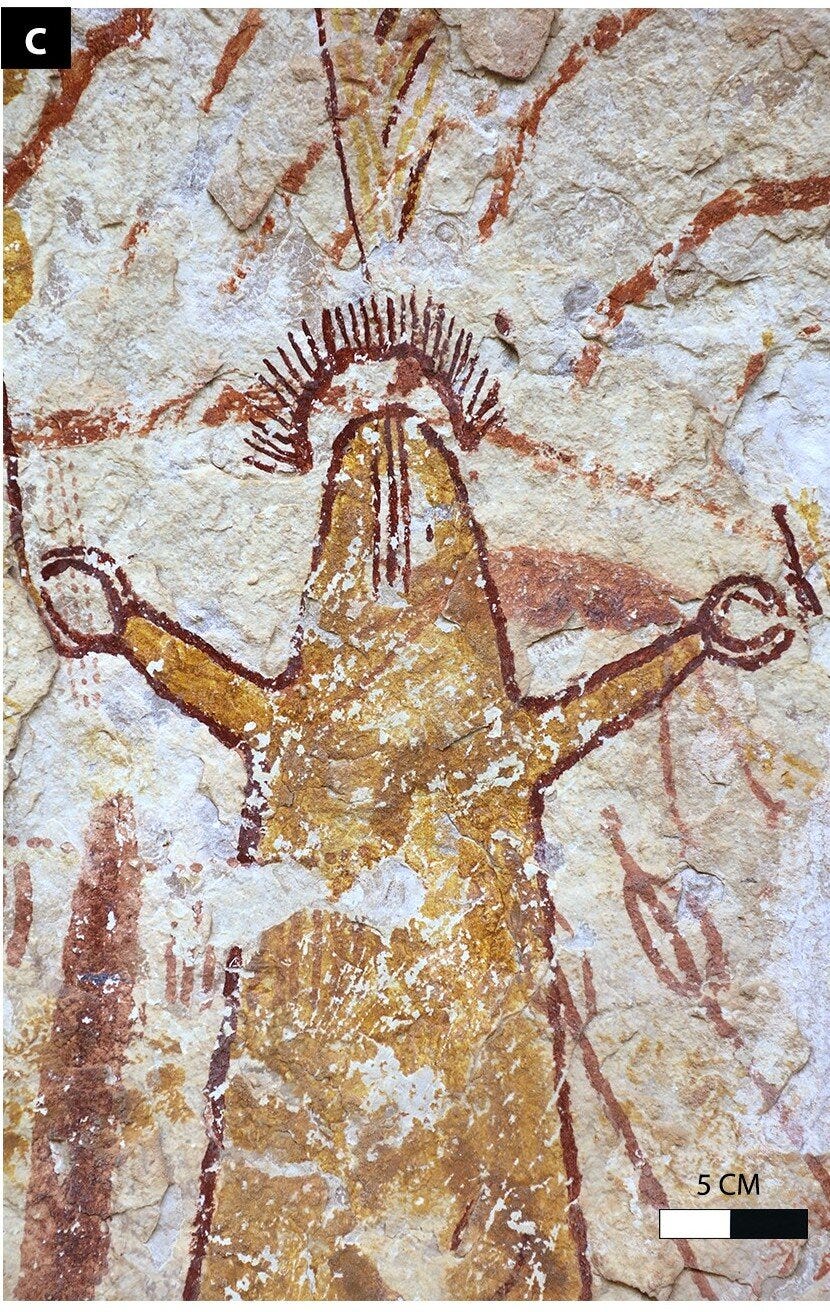
For decades, archaeologists struggled to anchor these murals in time. Their pigments were mineral, not organic; their creators left no inscriptions; their chronology was guesswork, stitched from stylistic comparisons and the rare datable artifact buried nearby.
The new study1 by Karen Steelman, Carolyn Boyd, and Phil Dering has changed that. Their team coaxed carbon from paint layers so thin they resemble dust motes. Then, with plasma oxidation and Accelerator Mass Spectrometry, they built the most robust timeline yet for any rock art province in the Americas. The dates they recovered stretch back nearly six thousand years and run forward for four millennia.
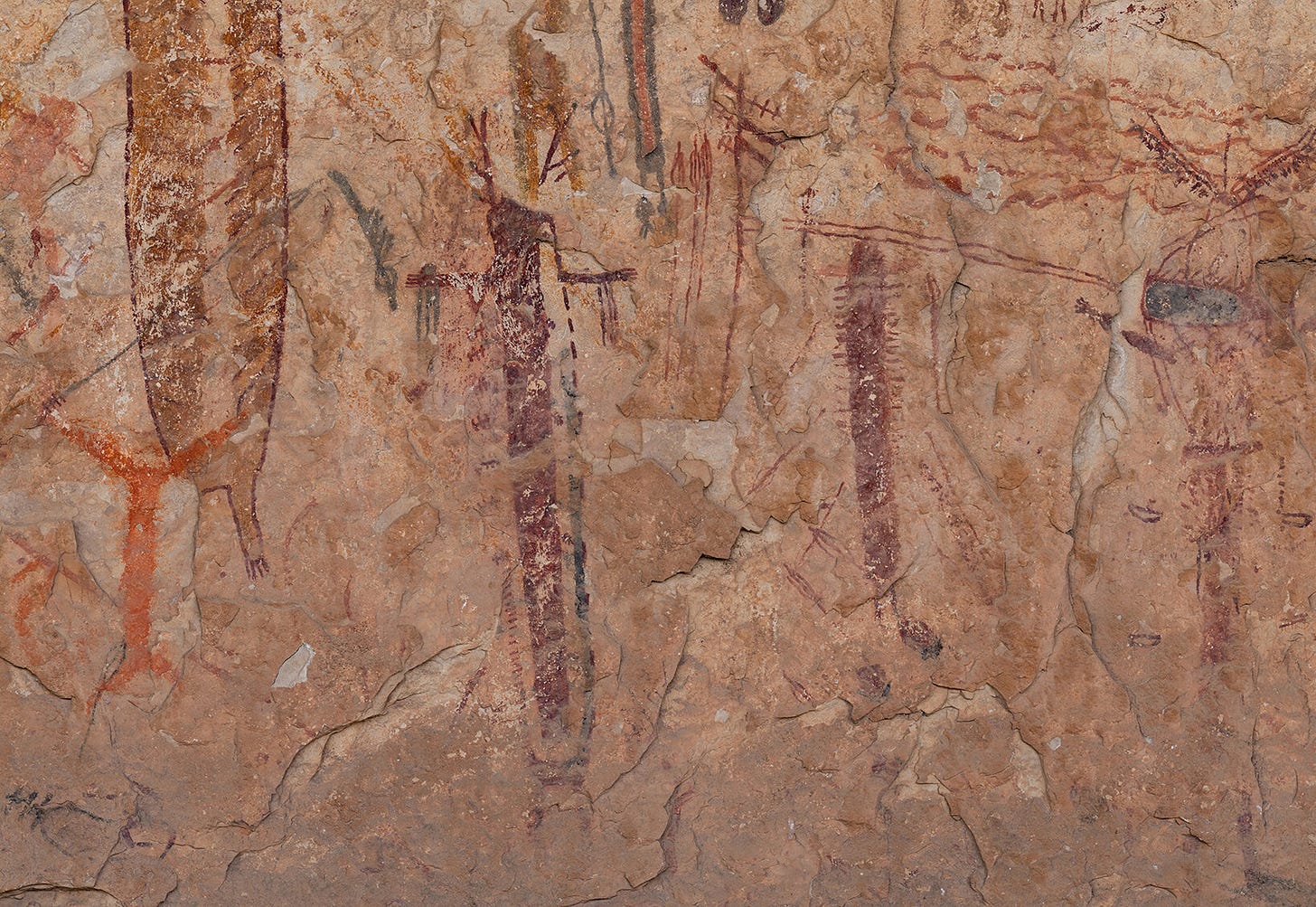
This is not simply a revision of age. It is a revision of intellectual history.
“The murals form a throughline across time, linking dozens of generations who treated this landscape as a constant teacher,” says Dr. Elena Rossi, a paleoanthropologist at Cambridge University. “It signals a form of cultural endurance that is exceptionally rare among foraging societies.”
Listen to this episode with a 7-day free trial
Subscribe to Anthropology.net to listen to this post and get 7 days of free access to the full post archives.


